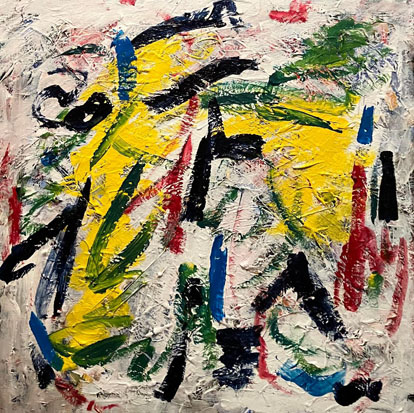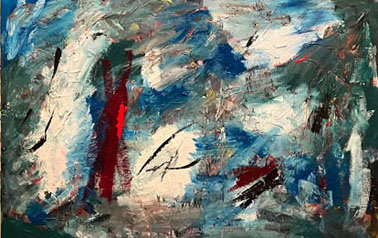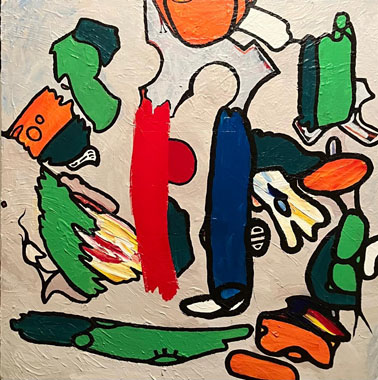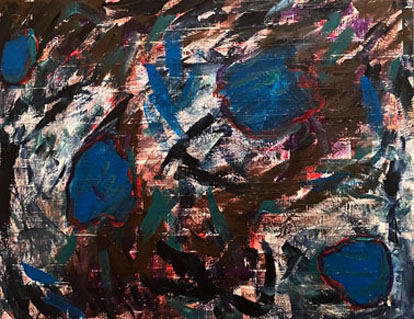Remembering the London Declaration of 1949 in 2023 : it really shouldn’t be that hard to end the monarchy in Canada?
Mar 1st, 2023 | By Counterweights Editors | Category: In BriefCOUNTERWEIGHTS EDITORS, GANATSEKWYAGON, ON. MARCH 1, 2023. This morning’s editorial meeting tabled a two-page pdf file headlined “London Declaration, United Kingdom, 1949.”
The suggestion was that this is a document not much remembered in the 2020s. But it is nonetheless of serious interest in the current post-Elizabeth II debate on practical alternatives to the increasingly obsolete British monarchy in Canada today.
In short the London Declaration dated 26 April 1949 recognized the right of the imminent new Republic of India, that would not recognize the British monarch as head of state (and all other such nations that may follow), to remain in a re-organizing “British Commonwealth of Nations.”
As explained on The Commonwealth website today : “India became independent in 1947. India wanted to become a republic which didn’t owe allegiance to the British king or queen, but it also wanted to stay a member of the Commonwealth. At a Commonwealth Prime Ministers meeting in London in 1949, the London Declaration said that republics and other countries could be part of the Commonwealth. The modern Commonwealth of Nations was born.”
Why no Canadian PM at 1949 meeting?
The first paragraph of the Declaration text adds further notes of interest : “ During the past week the Prime Ministers of the United Kingdom, Australia, New Zealand, South Africa, India, Pakistan and Ceylon, and the Canadian Secretary of State for External Affairs have met in London to exchange views upon the important constitutional issues arising from India’s decision to adopt a republican form of constitution and her desire to continue her membership of the Commonwealth.”
One intriguing point here is the presence of Canadian Secretary of State for External Affairs Lester Pearson at this meeting, as opposed to the recently appointed Prime Minister of Canada Louis St. Laurent.
This story starts with the almost last prime ministerial days of William Lyon Mackenzie King (grandson of the William Lyon Mackenzie who was among the leaders of the Canadian rebellions of 1837–38). They were spent in a somewhat genial hospital bed in the old imperial metropolis of London, England.
Mr. King was meant to be attending an October 1948 Commonwealth Prime Ministers’s meeting, at which the future of the Republic of India (finally launched on January 26, 1950) was discussed at length. Apparently an option presented by Jawaharlal Nehru, Prime Minister of the then Dominion (or Union) of India (15 August 1947–26 January 1950), was somewhat too radical for the other prime ministers. Further discussion was put off to the April 1949 Commonwealth Prime Ministers’s meeting.
Here a more moderate draft “by the Indian statesman V. K. Krishna Menon” proved the basis for the London Declaration of 26 April 1949. In this draft, very broadly, the Republic of India saw itself as constitutionally accountable to “WE, THE PEOPLE OF INDIA” rather than the British monarch (as under its earlier brief dominion status). But the altogether independent India at least continued to recognize the monarch as Head of the Commonwealth.
Meanwhile, back in Canada Mackenzie King had finally resigned as federal Prime Minister on 15 November 1948 — to be immediately succeeded by Louis St. Laurent, who had already been duly elected as Liberal Party of Canada leader.
Canada’s (and even the old British empire’s) longest serving federal prime minister remained alive if not exactly well, however, until the middle of July 1950. Managing Mr. King’s smooth succession in late 1948 and early 1949 — after a prime ministerial career that had begun in 1921 — was no doubt a full-time job for the future hard-working “Uncle Louis” St. Laurent.
At this juncture as well Newfoundland at long last joined the Canadian confederation in March 1949. St. Laurent was also preparing for his own first consultation with the Canadian people in what became the federal election of June 27, 1949. It seems that in April 1949 Uncle Louis just didn’t have time to trade pleasantries with Commonwealth colleagues at the Palace in London. Former long-serving PM Mackenzie King had already made Canada’s official contribution from his London hospital bed in October 1948. So the domestically very busy new PM St. Laurent sent his External Affairs minister Lester Pearson, who probably knew the India republic file better in any case?
Significance today in 2023
At the meeting this morning our much more modest group, gathered near the old Seneca village on the northwest shore of Lake Ontario, finally made two suggestions about the current relevance of this London Declaration some three-quarters of a century ago.
First, it is sometimes said that if Canada finally becomes a republic with its own independent head of state, in the ultimate wake of the sad passing of Queen Elizabeth II in September 2022, this will also mean leaving the “modern Commonwealth of Nations.” But this issue was settled long ago by the London Declaration of 1949 — and the majority of the current 56 member states of the Commonwealth are already republics!
Second, the particular way in which the old self-governing British dominion of India (1947–1950) turned itself into the Republic of India (1950–present) is arguably a model for the mechanics, as it were, that Canada might broadly follow in the 2020s and beyond.
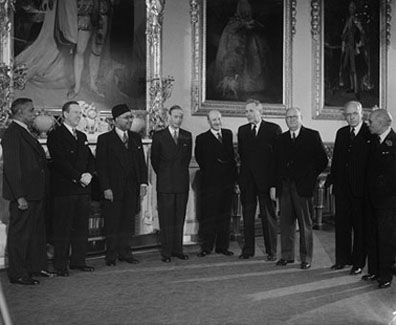
In a nutshell India simply turned the old office of Governor General into a new independent head of state, chosen by an electoral college of federal and state (or in Canada’s case provincial) legislatures. In all other respects the new Republic of India broadly remained (as in Canada’s Constitution Act, 1867 — and of course in a version bred by South Asian geography) “a Constitution similar in Principle to that of the United Kingdom.”
On a final note here this morning’s meeting was also briefly reminded of a counterweights piece of November 2013 — almost 10 years ago now : “Lester Pearson’s hope for a Canadian republic .. after the fall of France in 1940.” And this could be somewhat fancifully taken as an additional reason why it is Lester Pearson and not Louis St. Laurent who appears for Canada in the official photograph of the London Declaration, 1949 — in a much different global village than the one we live in today.
(And this was as well the future Prime Minister Lester Pearson who would finally give Canada its own flag in 1965.)
